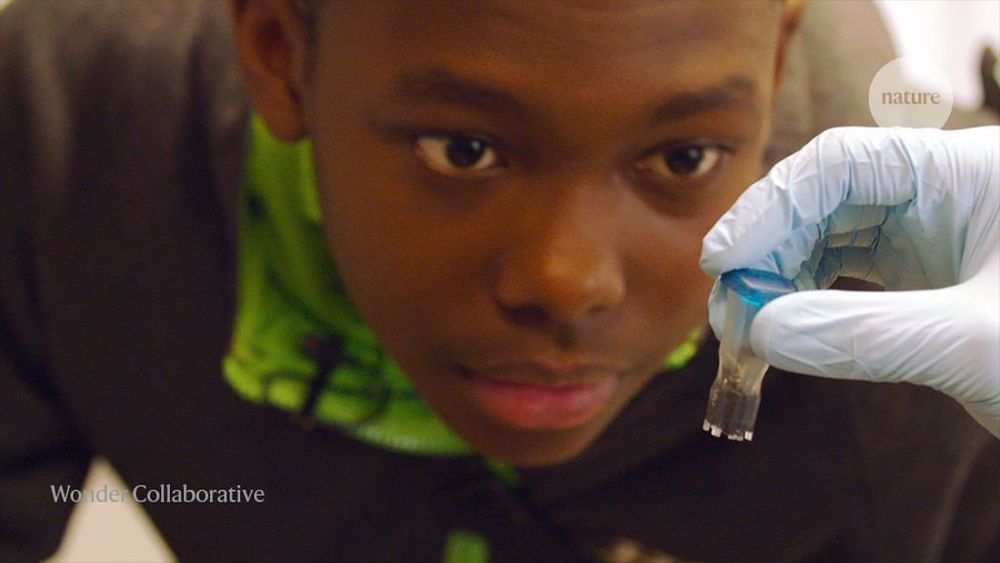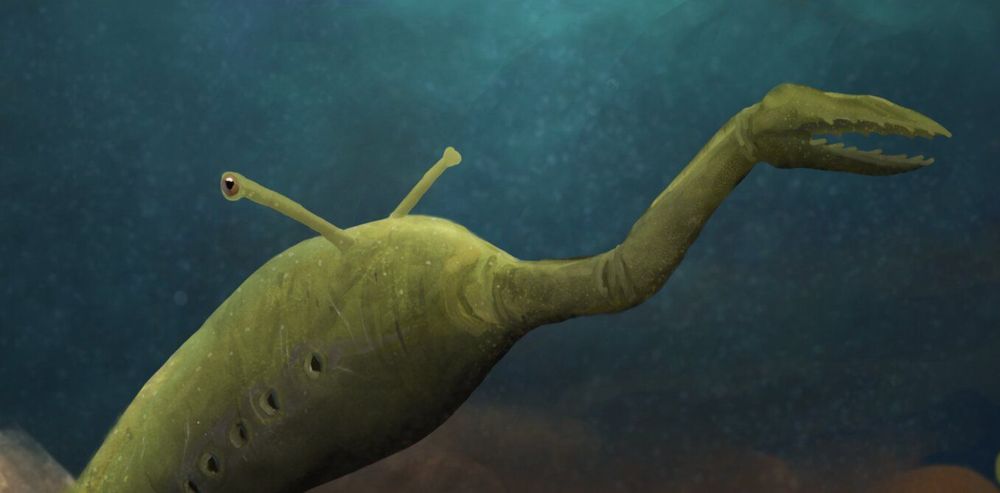Nov 11, 2019
The people on a mission to live for ever – video
Posted by Paul Battista in category: life extension
What if you could cheat death and live for ever? To people in the radical life extension movement, immortality is a real possibility. Leah Green spends a long weekend at RAADfest, a meeting of scientists, activists and ordinary people who want to extend the human lifespan. So is reversing your age a real possibility? And what’s behind the wish for immortality?


















